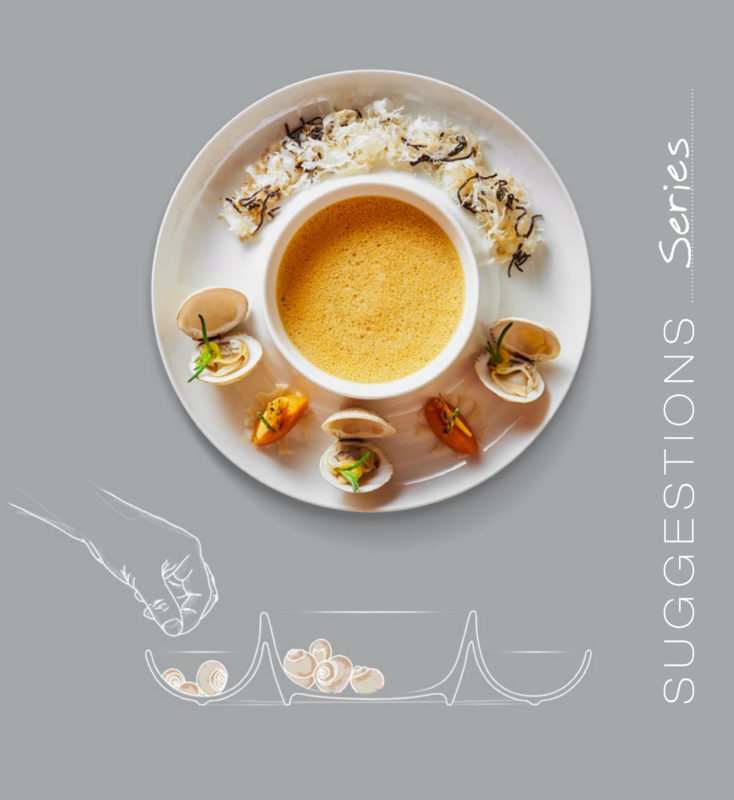Greg Kirrish You don’t need be reminded that the table top supply industry is facing major challenges and that many of the issues are deeply entrenched. You also don’t need to be reminded that the trend among operators to favor “plain white” dinnerware is at the root of many of those problems. Moreover, you clearly don’t need to be told that the prevailing “white is right” philosophy, coupled with sluggish overall foodservice sales, is commoditizing table top products, thus blurring differentiation, and ultimately, eroding your margins. Instead, you just want to know what it’s going to take to get ahead, right?
Unfortunately, no one seems to have any clear cut answers to get out of this trough. If there was any “magic bullet” solutions, everyone would have already jumped on board. However, I’ve given it lots of thought and have expanded on my previous columns by throwing out some more ideas that you might find thought provoking. In this instance, I’m looking at the power and limitations of market research and what it could do for you. To start off, here are two things to keep in mind.
1. First and foremost, never undertake any market that you are not fully ready to act upon.
I’ve seen too many people, both in and outside the foodservice industry, invest lots of money, time and energy into finding answers that end up just “collecting dust” in some file cabinet or hard drive. No one likes to get bad news, but be glad you’re aware of it and take appropriate action.
2. Be prepared for answers that might be surprisingly good or bad.
Most, if not all of the stakeholders involved with me in about 30 years of market research had a pretty good idea of the outcome of their respective projects before they undertook them. (It’s clear in hindsight that in many cases, those stakeholders were looking largely for validation.) However, there were the occasional surprises. The good surprises usually spurred immediate and aggressive action. Conversely, bad surprises were often met with disbelief and complacency. (See #1 above.)
With those two points as guides, let’s focus directly on table top issues. Most broadly, I’ll wager that there are lots of table top related ideas and practices that are going unchallenged and that could be cleared up to the suppliers’ advantages with some solid market research. For example, what does the foodservice marketplace really know about the functionality of white dinnerware?
Under the supposition that dinnerware is merely the “canvas” and that food provides the “drama,” many chefs and operators prefer the simplest (i.e, “plain white”) backgrounds they can find. However you probably know that their food, and therefore the overall dining experiences they generate, might be actually enhanced by at least a splash of color…and in turn, add value to your products.
Would it make sense to test designs on your target operator’s actual customers (or a group with similar demographics and psychographics) to find out what they prefer? Would that information help you sway dinnerware purchasers and influencers opinions to think beyond “plain white?” Wouldn’t the effort build a stronger relationship with that operator even if “plain white” was the final spec?
Incidentally, you don’t need to worry about “bad news” from the research in this area because science is on your side. Food does indeed appear more appetizing on plates adorned with some color, which makes the “plain white” trend especially perplexing ….and vulnerable. So why not approach your customer prospects as “partners” and prove to them with “rock solid” data that your dinnerware designs will help them build their brands?
I challenge you to ask yourself where else some “hard” information, when shared with the designers, chefs, buyers and everyone else involved in the dinnerware decision process, might help your cause. After all, everyone involved should be aiming for the same positive outcomes.
On the other hand, market research is not infallible. For example, I’ve found that it’s often unhelpful to ask people about their unmet needs because they don’t know what they are, beyond “lower price.” For that reason…..and I’m probably over simplifying…..the late Steve Jobs seldom initiated research asking “what else customers wanted.” Instead, he (and presumably his Apple team) decided what those customers wanted then went away and built it.
Similarly, I can envision many operators claiming that they have no unmet dinnerware needs (other than lower price). However, I can also envision that if some novel new product became available that was proven to economically enhance dining experiences, they would line up to purchase it. Maybe some market research can help you determine those unmet needs without directly asking the question.
Market research, when done properly, is hard work. It takes lots of thought and imagination to tease out the answers you need to know. However, those answers can be very persuasive. They may actually help end the “plain white” log jam.






